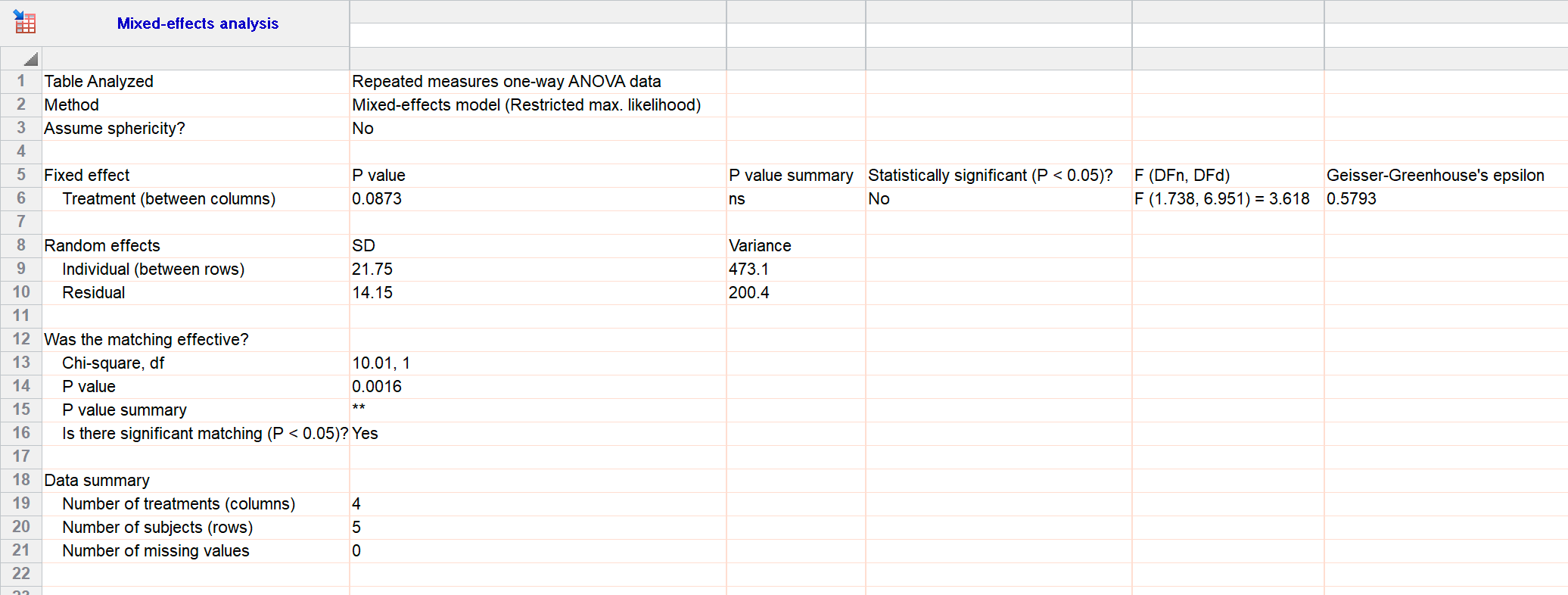


Our results indicate that oriented cell divisions are not required for wing morphogenesis, nor are they required for the morphogenesis of other Drosophila appendages. Analysis of growth and cell dynamics in developing discs and in ex vivo culture suggests that the absence of oriented cell divisions is compensated for by an increased contribution of cell rearrangements to wing shape. Loss of Mud randomizes spindle orientation but does not alter wing shape. To directly evaluate the potential contribution of spindle orientation to wing morphogenesis, we assessed the consequences of loss of the Drosophila NuMA homolog Mud, which interacts with the dynein complex and has a conserved role in spindle orientation. A contribution of spindle orientation to wing shape was inferred from observations that mutation of Dachsous-Fat pathway genes results in both rounder wings and loss of the normal proximal-distal bias in spindle orientation. Orientation of mitotic spindles is believed to be a fundamental morphogenetic mechanism in multicellular organisms. The Drosophila wing has an elongated shape, which has been attributed in part to a preferential orientation of mitotic spindles along the proximal-distal axis. Formation of correctly shaped organs is vital for normal function.


 0 kommentar(er)
0 kommentar(er)
